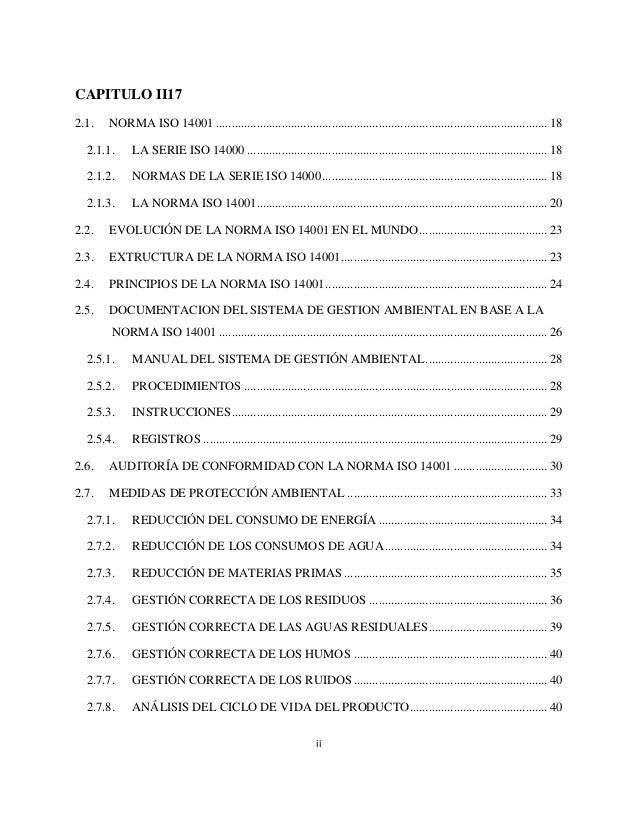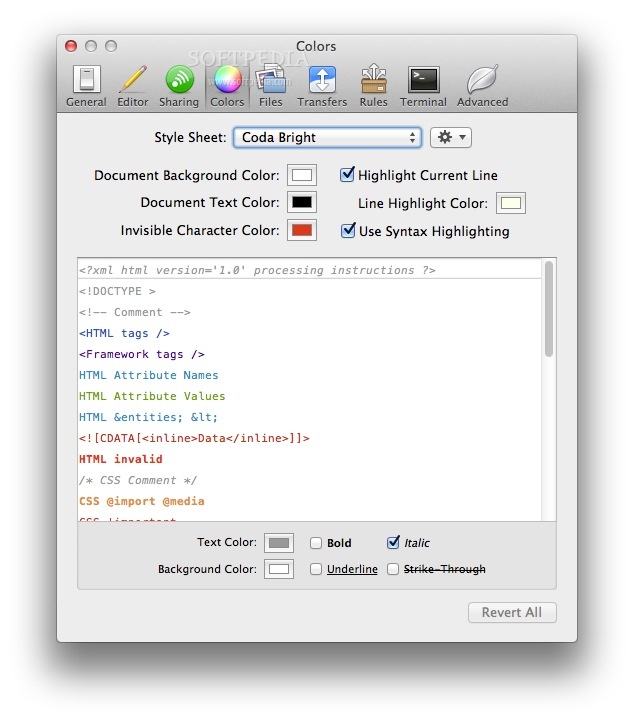- Coda is a powerful Web editor that puts everything in one place. With Coda 2, we went beyond expectations. With loads of new, much-requested features, a few surprises, and a seriously refreshed UI, this update is, truly, major.
- Release notes for Coda 2. November 4, 2019; Fixed. Fixed an issue that could prevent key based authentication from working.
- Can I open Coda 2.5 in safe mode (mac air, yosemite 10.10.5) Coda is crashing as I try to debug some javascript. I force quit and even restart but it is unusable. 2018-12-19 coda 2.19-2 MIGRATED to testing (Debian testing watch) 2018-11-16 Accepted coda 2.19-2 (source amd64 all) into unstable ( Alastair McKinstry ).
Note
Coda 2 7 5 Lug Trailer Wheels All of CODA's services are now available either on-site or through remote virtual care on your computer or phone. Vault 101 password protect files and folders 1 4 9. CUDA comes with a software environment that allows developers to use C as a high-level programming language. As illustrated by Figure 2, other languages, application programming interfaces, or directives-based approaches are supported, such as FORTRAN, DirectCompute, OpenACC. GPU Computing Applications.
Using Anaconda in a commercial setting? You may need to purchase a license to stay compliant with our Terms of Service. This can be accomplished through Anaconda Commercial Edition, Anaconda Team Edition, or Anaconda Enterprise. If you have already purchased Commercial Edition, please proceed to the Authenticating Commercial Edition section after completing your installation here.
Haven’t purchased Commercial Edition yet? Visit https://anaconda.cloud/register to get started.

Prerequisites¶

/image%2F7171264%2F20210302%2Fob_7e8ed1_uk-london-young-woman-taking-a-selfie.jpg)

To use GUI packages with Linux, you will need to install the following extended dependencies for Qt:
| Debian | apt-getinstalllibgl1-mesa-glxlibegl1-mesalibxrandr2libxrandr2libxss1libxcursor1libxcomposite1libasound2libxi6libxtst6 |
| RedHat | yuminstalllibXcompositelibXcursorlibXilibXtstlibXrandralsa-libmesa-libEGLlibXdamagemesa-libGLlibXScrnSaver |
| ArchLinux | pacman-Sylibxaulibxilibxsslibxtstlibxcursorlibxcompositelibxdamagelibxfixeslibxrandrlibxrendermesa-libglalsa-liblibglvnd |
| OpenSuse/SLES | zypperinstalllibXcomposite1libXi6libXext6libXau6libX11-6libXrandr2libXrender1libXss1libXtst6libXdamage1libXcursor1libxcb1libasound2libX11-xcb1Mesa-libGL1Mesa-libEGL1 |
| Gentoo | emergex11-libs/libXaux11-libs/libxcbx11-libs/libX11x11-libs/libXextx11-libs/libXfixesx11-libs/libXrenderx11-libs/libXix11-libs/libXcompositex11-libs/libXrandrx11-libs/libXcursorx11-libs/libXdamagex11-libs/libXScrnSaverx11-libs/libXtstmedia-libs/alsa-libmedia-libs/mesa |
Installation¶
For x86 systems.
In your browser, download the Anaconda installer for Linux.
RECOMMENDED: Verify data integrity with SHA-256.For more information on hashes, see What about cryptographic hash verification?
Open a terminal and run the following:
Enter the following to install Anaconda for Python 3.7:
OR Enter the following to install Anaconda for Python 2.7:
Note
Include the
bashcommand regardless of whether or not you areusing Bash shell.Note
If you did not download to your Downloads directory, replace
~/Downloads/with the path to the file you downloaded.The installer prompts “In order to continue the installation process,please review the license agreement.” Click Enter to view license terms.
Scroll to the bottom of the license terms and enter “Yes” to agree.
The installer prompts you to click Enter to accept the default install location,CTRL-C to cancel the installation, or specify an alternate installationdirectory. If you accept the default install location, the installer displays“PREFIX=/home/<user>/anaconda<2 or 3>” and continues the installation.It may take a few minutes to complete.
Note
We recommend you accept the default install location. Do not choose the path as /usr for theAnaconda/Miniconda installation.
The installer prompts “Do you wish the installer to initialize Anaconda3by running conda init?” We recommend “yes”.
Note
If you enter “no”, then conda will not modify your shell scripts at all.In order to initialize after the installation process is done, first run
source<pathtoconda>/bin/activateand then runcondainit.See FAQ.The installer finishes and displays “Thank you for installing Anaconda<2 or 3>!”
The installer provides a link to install PyCharm for Anaconda athttps://www.anaconda.com/pycharm.
Close and open your terminal window for the installation to takeeffect, or you can enter the command
source~/.bashrc.To control whether or not each shell session has the base environmentactivated or not, run
condaconfig--setauto_activate_baseFalseorTrue. To run conda from anywhere without having the base environmentactivated by default, usecondaconfig--setauto_activate_baseFalse.This only works if you have runcondainitfirst.Note
condainitis available in conda versions 4.6.12 and later.Verify your installation.
Note
If you install multiple versions of Anaconda, the system defaults tothe most current version as long as you haven’t altered the default installpath.
What’s next?¶
Get started programming quickly with Anaconda in the Getting started with Anaconda guide.
The Nashville Number System is a method of transcribing music by denoting the scale degree on which a chord is built. It was developed by Neal Matthews in the late 1950s as a simplified system for the Jordanaires to use in the studio and further developed by Charlie McCoy.[1] It resembles the Roman numeral[2] and figured bass systems traditionally used to transcribe a chord progression since as early as the 1700s. The Nashville Number System was compiled and published in a book by Chas. Williams in 1988.
The Nashville Number System is a trick that musicians use to figure out chord progressions on the fly. It is an easy tool to use if you understand how music works. It has been around for about four hundred years but sometime during the past fifty years [approximately 1953-2003] Nashville got the credit.
The Nashville numbering system provided us the shorthand that we needed so that we could depend on our ears rather than a written arrangement. It took far less time to jot the chords, and once you had the chart written, it applied to any key. The beauty of the system is that we don't have to read. We don't get locked into an arrangement that we may feel is not as good as one we can improvise.
The Nashville Number System can be used by someone with only a rudimentary background in music theory.[2]Improvisation structures can be explained using numbers and chord changes can be communicated mid-song by holding up the corresponding number of fingers. The system is flexible, and can be embellished to include more information (such as chord color or to denote a bass note in an inverted chord). The system makes it easy for bandleaders, record producer or lead vocalist to change the key of songs when recording in the studio or playing live, since the new key just has to be stated before the song is started. The rhythm section members can then use their knowledge of harmony to perform the song in a new key.
Scale degrees and major chords[edit]
The Nashville Number System, (also referred to as NNS) is similar to (movable-do) Solfège, which uses 'Do Ré Mi Fa Sol La Ti' to represent the seven scale degrees of the Major scale. It is also similar to roman numeral analysis; however, the NNS instead uses Arabic numerals to represent each of the scale degrees.
In the key of C, the numbers would correspond as follows:
C=1, D=2, E=3, F=4, G=5, A=6, B=7.
| Nashville numerical notation | 1 | 2 | 3 | 4 | 5 | 6 | 7 |
|---|---|---|---|---|---|---|---|
| So-Fa names/Solfège | Do | Ré | Mi | Fa | So | La | Ti |
| Common musical notation | C | D | E | F | G | A | B |
In the key of B♭, the numbers would be B♭=1, C=2, D=3, E♭=4, F=5, G=6, A=7.
The key may be specified at the top of the written chord chart, or given orally by the bandleader, record producer or lead singer. The numbers do not change when transposing the composition into another key. They are simply relative to the new root note. The only knowledge required is to know the major scale for the given key. Unless otherwise notated, all numbers represent major chords, and each chord should be played for one measure.
So in the key of C, the Nashville Number System notation:
represents a four-bar phrase, in which the band would play a C major chord (one bar), an F major chord (one bar), a C major chord (one bar), and a G major chord (one bar).
Here is an example of how two four bar phrases can be formed to create a section of a song.
| NNS | Played in key of C | Played in key of G |
|---|---|---|
| Verse) | Verse) | Verse) |
Accidentals modifying a scale degree are usually written to the left of the number. ♭7 ('flat 7') represents a B♭ major chord in the key of C, or an A♭ major chord in the key of B♭, or an F major chord in the key of G.
Chord type[edit]
Coda 2.7.5 For Pc
A number by itself represents the enharmonic triad (music) on the scale degree:
| Nashville numerical notation | 1 | 2 | 3 | 4 | 5 | 6 | 7 |
|---|---|---|---|---|---|---|---|
| Chord type (major key) | major | minor | minor | major | major | minor | diminished |
| Chord type (minor key) | minor | diminished | major | minor | minor | major | major |
| Chord type (harmonic minor key) | minor | diminished | augmented | minor | major | major | diminished |
If the song includes other chords besides these triads, additional notation is needed.
If a chord root is not in the scale, the symbols ♭ or ♯ can be added. In the key of C major, an E♭ triad would be notated as ♭3.
Minor chords (outside the key) are noted with a dash after the number or a lower case m, In the key of D, 1 is D major, 1- or 1m would be D minor. Similarly a major chord can be noted with a capital M. In the key of C, 2 is D minor, 2M is D major.
Other chord qualities such as major sevenths, suspended chords, and dominant sevenths use familiar symbols: 4Δ7 5sus 57 1 would stand forFΔ7 Gsus G7 C in the key of C, orE♭Δ7 Fsus F7 B♭ in the key of B♭. A2 means 'add 2' or 'add 9'.
Chord inversions and chords with other altered bass notes are notated analogously to regular slash chord notation. In the key of C, C/E (C major first inversion, with E bass) is written as 1/3; G/B is written as 5/7; A/G (an inversion of A7) is written as 6M/5; F/G (F major with G bass) is 4/5. Just as with simple chords, the numbers refer to scale degrees; specifically, the scale degree number used for the bass note is that of the note's position in the tonic's scale (as opposed to, for example, that of its position in the scale of the chord being played). In the key of B♭, 1/3 stands for B♭/D, 5/7 stands for F/A, 6/5 stands for Gm/F, and 4/5 stands for E♭/F.
Depending on the style, chord inversions can be used to achieve an alternative sound when using the Nashville Number System. Some examples that could be applied to practice is the 1-4-5 chord progression. Lets say we use the C minor chord and couple it with an inverted F Minor chord to a G diminished. The sound attributes changes subtly. This can be effective when musicians are attempting to capture a specific emotion or sound.

Chord qualities[edit]
Code 2754
- = m[2] = minor
7 = dominant 7th
Δ = major 7th - (it takes four characters to write 'maj7' as opposed to one, 'Δ')
° = diminished
°7 = diminished seventh
°M7 = diminished major seventh
+ = augmented 5th
ø = ø7 = half diminished seventh
+7 = augmented minor seventh
+M7 = +Δ = augmented major seventh
Rhythm and articulation[edit]
NNS charts use unique rhythmic symbols as well, and variations in practice exist. A diamond shape around a number indicates that the chord should be held out or allowed to ring as a whole note. Conversely, the marcato symbol ^ over the number, or a staccato dot underneath, indicates that the chord should be immediately choked or stopped. The 'push' symbol ('<' and '>' are both used) syncopates the indicated chord, moving its attack back one eighth note, to the preceding 'and'. A sequence of several chords in a single measure is notated by underlining the desired chord numbers. (Some charts use parentheses or a box for this.) If two numbers are underlined it is assumed that the chord values are even. In 4/4 time that would mean the first chord would be played for two beats and the second chord would be played for two beats. 2- 5 1 means a minor 2 chord for two beats, then a 5 chord for two beats, then a 1 chord for four beats. If the measure is not evenly divided, beats can be indicated by dots or hash marks over the chord numbers. Three dots over a given chord would tell the musician to play that chord for three beats. Alternatively, rhythmic notation can be used.
Code 27530
Example[edit]
'After You've Gone' by Creamer and Layton 1918
Verse, mm.7-23 (Play realization on guitar and, for comparison, the score Play):
Chorus, mm.24-43 (Play realization on guitar and, for comparison, the score Play):
See also[edit]
- Nashville E9 tuning and Nashville tuning (high strung)
References[edit]
- ^The Nashville Number System by Chas Williams — This book has been used by Belmont University, MTSU, ETSU, Lee University, Liberty University and many others to teach the NNS. It includes the CD 'String Of Pearls and number charts of the songs by Nashville studio musicians and producers; also interactive charts of the songs.
- ^ abcMiller, Michael (2005). The Complete Idiot's Guide to Music Theory, p.243. Penguin. ISBN9781592574377. 'The Nashville Number System is very much like the Roman numeral notation system, except it uses regular numbers...instead of Roman numerals.'
- ^Costello, Patrick (2003). The how and the Tao of Folk Guitar: Volume One: Getting Started, p.54. Funkyseagull.com. ISBN9780974419015.
- ^Marshall, Wolf (2008). Stuff! Good Guitar Players Should Know: An A-Z Guide to Getting Better, p.70. Hal Leonard. ISBN9781423430087.
Coda 2.7.5 Online
External links[edit]
- The Nashville Number Fake Book by Trevor de Clercq — This book includes a detailed overview of the Nashville Number System as well as complete charts for 200 acclaimed country songs.
- The Nashville Number System – Site for the book Song Charting Made Easy: a Play-along Guide to the Nashville Number System by Jim Riley, with a preview including charts and play-along music tracks
- The Number Song – a chart with (auto-playing) audio explanation and playthrough by Jimi Whitelaw, Chip Hardy, Rod Lewis, and Tim Grogan of Nashville Demo Studio. Shows standard musical notation such as repeat signs, D.S. al coda, rhythmic notation, and staccato dots used in a Nashville Number System chart.
- Learn the Nashville Number System – information on rhythm notation is included in the Flash-based 'Nashville Number System Quiz and Rhythm Tutorial'. Also includes a separate Flash-based ear training quiz.
- Oral use example: 'Ok.. it's a standard 12 bar in 'G' but add a 2 on the bridge ...kick it off from the 5 ... hit the 4 on the way down and then into the 1 ... watch me for the 2'
- Diamond on the 1 – a 'gig bag book' by Nashville musician Jonathan Riggs that introduces the basic concepts of the Nashville Number System